The Seattle Asian Art Museum, perched on a steep slope of parkland at the city’s north-east edge, gives views westward for miles to downtown skyscrapers and the glittery harbour waters that flow into the Pacific Rim. Inside the creamy-peach sandstone building, completed in 1933 and full of unspoiled art deco architectural ornaments, boundaries between countries and millennia have been swept aside.
The museum is reopening this month (8 February), after three years of being closed and a two-year, $56m-renovation of the entire site including the creation of a new glass lobby offering views of the surrounding park and the unveiling of a new space for temporary exhibitions. Xiaojin Wu, the curator of Japanese and Korean art, and Ping Foong, the curator of Chinese art, are giving me a preview in early January. (The museum’s in-house team has also collaborated with Darielle Mason, the curator of Indian and Himalayan art at the Philadelphia Museum of Art.) They explain how for the first redisplay of the permanent collection they have winnowed down choices from 8,500 objects, and how they hope to stir up compassion and wonder by organising the galleries not by region, but around themes such as spiritual quests, luxury cravings, and immigrant dislocations.

Handscroll from the Lotus Sutra (late 12 century), Japan. Seattle Asian Art Museum
They have devoted one vitrine to pages of gilt prayers on indigo-dyed backgrounds, inscribed in medieval times by North African Muslims and Japanese Buddhists. Colourful fanged masks from Japan, Korea, Nepal, and Indonesia are hung in a row beside Flower Ball (2002) by Takashi Murakami, a canvas disc more than eight feet in diameter and covered in grinning daisies. A Pakistani schist bodhisattva about 1,800 years old is carved with Greco-Roman drapery and has European-flavoured facial features – the region’s sculptors had adapted the latest artistic trends imported by Alexander the Great’s invading forces. The stone deity’s neighbours in the same gallery include a Persian tombstone from 1143 in the form of a mihrab facing Mecca, and a newly fabricated symbol of global travel: a humpbacked zebu bull by the Indian artist Arunkumar H.G., in red-orange fibreglass, as if the souped-up beast of burden could speed down freeways.
The blasts from the present are meant to keep museum visitors on their toes. ‘We use contemporary works as strategic interventions,’ Wu says. Rather than stick to the traditional pigeonholes of chronologies and geographical clusters, she says, ‘It’s more interesting to think of dynamics over time and across the region.’ Foong says that in the new juxtapositions of multi-faith material, ‘There are many firsts.’ And given Seattle’s complicated history of changing attitudes toward immigrants and visitors from the rest of the Pacific Rim, Foong notes, ‘It’s very meaningful to have an Asian art museum in this city.’
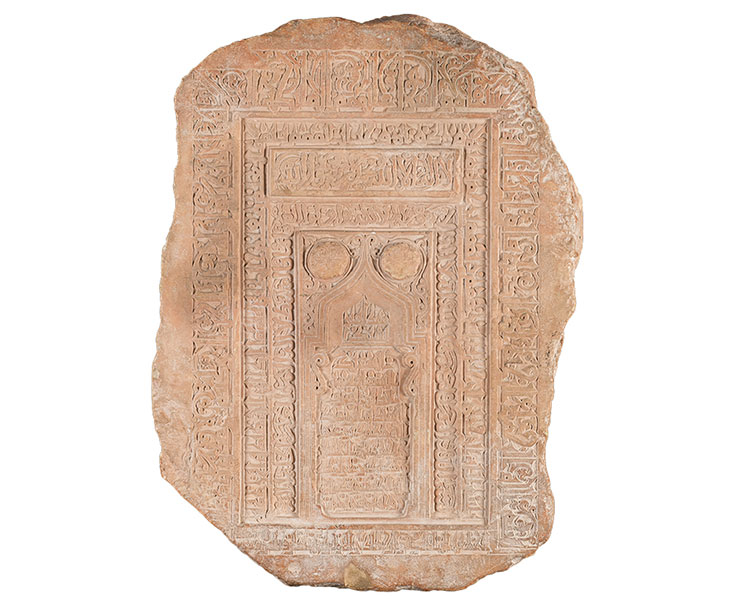
Tombstone of Shihab ad-Din (1143), Iran, Yazd. Seattle Asian Art Museum Photo: Elizabeth Mann
The Asian Art Museum’s art deco building was, originally, home to the Seattle Art Museum – founded in the 1930s as the brainchild of Richard E. Fuller, a geologist and art collector, and his mother Margaret – and remains a branch of that growing institution. Various downtown headquarters for the collection (its total object count is now about 25,000) were set up from the 1960s onwards. Tourists have thronged to the city since the 1962 World’s Fair – still-popular attractions, completed for the event, include the Space Needle and Monorail. The current main building of the Seattle Art Museum (to which it moved in 1991), a wedge of stone and glass in downtown, in the shadow of ever more skyscrapers and construction cranes, was designed by Venturi, Scott Brown and Associates and expanded in 2007 by Allied Works Architecture. (The museum campus also includes a vast 21st-century sculpture park at the waterfront, studded with mostly abstract works by artists such as Alexander Calder, Mark di Suvero and Louise Nevelson.) Hardly any other American museums have preserved their founders’ buildings while expanding again and again miles away. And it is possibly a unique feat for an encyclopaedic American museum to reserve a free-standing structure wholly for Asian art.
The Asian Art Museum’s spectacular setting, Volunteer Park (named in honour of local Spanish-American War veterans), was laid out in the early 1900s by the Olmsted Brothers, a Boston-area landscape architecture firm that created green belts for numerous American capitals. Volunteer Park’s paths meander between primeval-looking ferns and clusters of cedars, beeches, hawthorns, and cherry and chestnut trees. The renovated museum has new glass-walled public rooms, and seismic protections all around – I keep peering around the backs of vases and sculptures, to admire the nearly invisible stabilising supports in metal and clear plastic. New downstairs corridors will allow glimpses of painting conservators at work, and upstairs gathering places give a sense of drifting through an arboretum.
Richard and Margaret Fuller had devoted much of the building, designed by the prominent Seattle architect Carl F. Gould, to Asian art that they had started acquiring during global travels in the 1910s. The Fullers, who long capped their budget outlays at $5,000 per object, kept meticulous records: ‘We still have the index cards from the earliest purchases,’ Wu says. Gould collaborated with the Fullers on design details, to the extent that Richard modelled the main lobby’s fluted gold tiles after ‘chromium radiator grilles of automobiles,’ he wrote in a memoir, A Gift to the City, which the museum published in 1993. Other sumptuous building features, which have been newly rejuvenated, include aluminium honeycomb grilles across the facade and gold-leaf ceilings and frosted-glass light fixtures in the lobby. In the central garden court, iron gates commissioned from the Philadelphia blacksmith Samuel Yellin are draped in foliage, flowers, birds, and whiskered mammals. Despite some moments of Hollywood glamour, Wu points out that the gallery ceilings are relatively low and the proportions intimate: ‘It’s the right scale for Asian art,’ she says.
During the opening ceremonies in 1933, newspaper reporters lauded the Fullers’ ‘priceless collection of orientalia’ arrayed in a ‘severely simple’ building that had cost $250,000. Ming tomb sculptures (purchased from the luxury department store Gump’s) – ‘two camels, two rams, a warrior and a statesman,’ the newspapers observed—were stationed out front. Separate rooms were devoted to jades, prints, 18th-century cinnabar-lacquer objects, and landscape paintings by the Japan-born, Seattle-based artist Kenjiro Nomura.
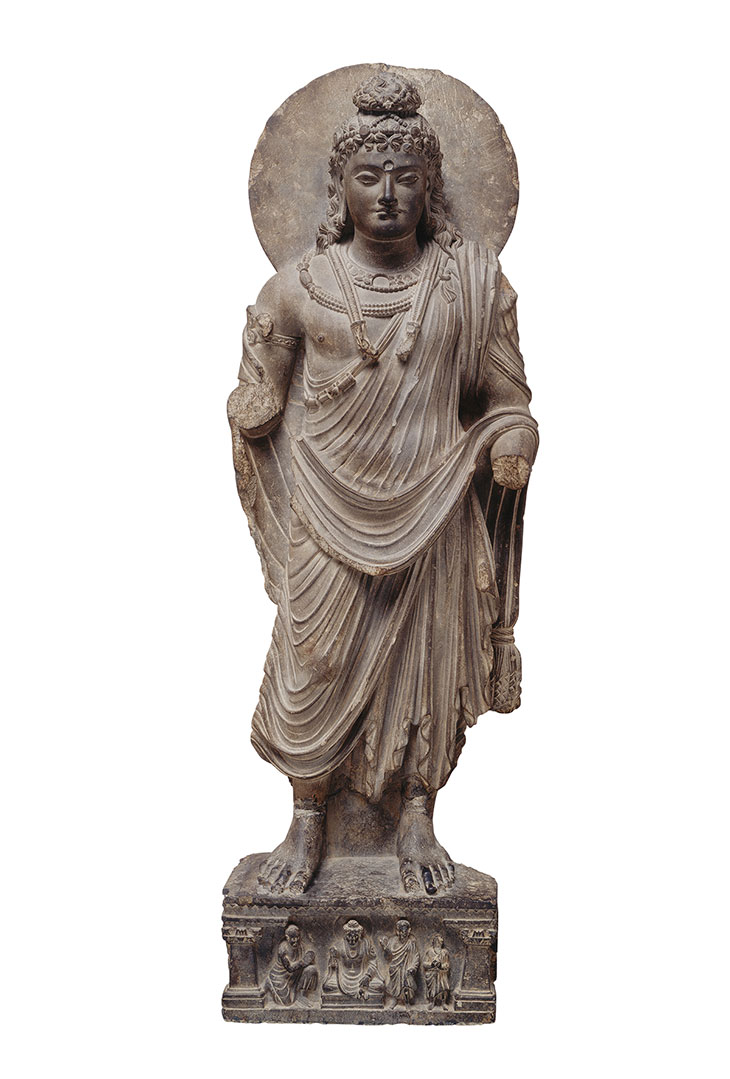
Bodhisattva (c. mid 2nd–mid 3rd century), Pakistan, Gandhara. Seattle Asian Art Museum
Richard Fuller wrote about his team’s ambitious goals in A Gift to the City: ‘Within our limited means we endeavor to acquire authentic items of high aesthetic quality and, if possible, functional interest. I strive for items that reflect the creative talent of each period and which, in geologic terms, serve as index fossils for their specific time and culture.’ He remained the organisation’s guiding light for four decades, while winning over other philanthropic Seattleites, who had made fortunes for instance by selling equipment to gold miners headed northward during the boom of the 1890s.
A few small wings were added during Fuller’s tenure, but the footprint was never expanded much, out of concern for preserving parkland. The museum kept steadily collecting Asian works even as the country’s Japanese-American population faced growing prejudice during the Second World War and Seattle’s Japanese Americans were brutally uprooted. Nomura, whose father was a tailor who had moved to the Northwest with the gold-rush prospectors, was deported with his family to an internment camp in Idaho scrubland along with thousands of other Seattleites of Japanese descent. (Many had come from families that had arrived in the late 19th century to take blue-collar jobs newly vacated by Chinese immigrants, who had been driven out of Seattle by white rioters in the 1880s.) A handful of the museum’s pieces, including a fierce ceramic tomb guardian made in China around 800, were acquired in 1943, after the US-based gallery Yamanaka & Co. had its inventory seized and sold off by the government.
In the new galleries, provenance trails as noted in captions and audio-guides can tell transfixing stories. A rock-crystal elephant goad from India, made in the 17th century for a Madras court, had found its way to Sir Leigh Ashton, the director of the Victoria and Albert Museum, who lent it to a show in 1947–48 at the Royal Academy of Arts, ‘The Art of India and Pakistan’. It was in turn donated by Richard’s sister Eugenia Fuller Atwood in 1954.

Ankush (elephant goad) (c. 1600–1700), India. Seattle Asian Art Museum
Wu and Foong tell me that back stories and insights have kept resurfacing while the team was selecting what to bring out of storage and re-analysing elements such as markings, patterns, and raw materials. A puzzling silk and velvet robe made around 1900 turns out to contain lengths of floral embroidery made in Russia, as well as fretwork borders stitched in Mongolia. The garment was worn by a Tibetan lay official during ceremonial occasions. The object would not suit a typical museum gallery focused on one region. ‘But in this room, it makes a lot of sense,’ Foong says, as we tour past a multicultural array of wearables including gold hoop earrings from Persia and Korea and a geometric-patterned robe that the Ainu people in Japan made from elm bark.
A wooden Chinese statue from around the 14th century had long been mislabelled as a portrait of a monk achieving enlightenment, but Foong’s team has determined that it actually represents the dragon-tamer luohan believed to prevent droughts. The deity is shown furrowing his brow while exerting ‘his miraculous power of concentration to summon a dragon from the heavens,’ the museum notes. A wasp’s nest has been found tucked inside the luohan, Foong adds. And inside a Chinese wooden figure of a boy attendant to Guanyin from the 16th or 17th century, the consecration deposits have turned out to include ‘wonderful, wonderful materials,’ Foong says. She declines to reveal more of her as-yet-unpublished findings about what is concealed within his windblown robes.
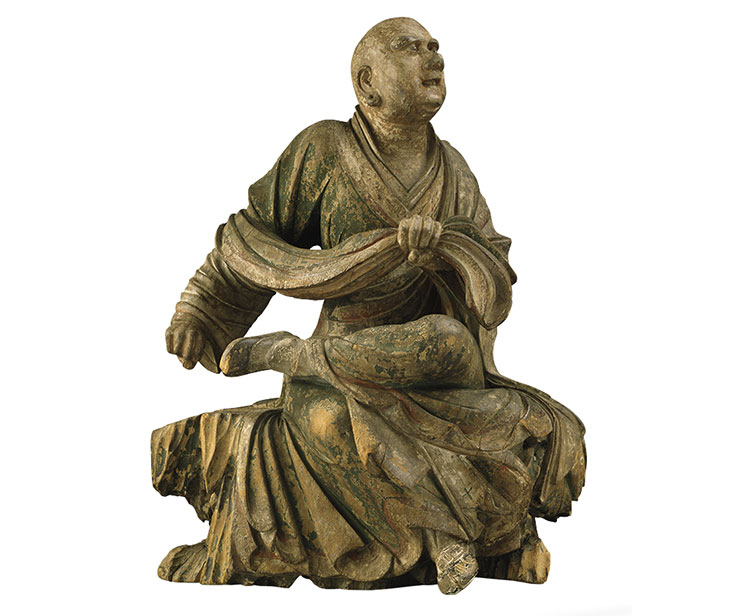
Dragon-tamer luohan (c. 14th century), China. Seattle Asian Art Museum. Photo: Paul Macapia
The curators tell me that they have no particular circulation route in mind for this first arrangement of works from the permanent collection. I roam for another hour after they return to work, looking for recurring themes within themes. I marvel at the variety of depictions of Buddha’s hair, earrings, hand positions, and leg contortions. I count up occurrences of bells and beads, whether in gilded bronze banners made in Japan in the 14th century or Vibha Galhotra’s four-foot-wide depictions of destructive weather patterns from 2015 fashioned from nickel-coated anklet bells. From the museum’s front steps, I peer at the distant Space Needle and skyscrapers in progress, and at Black Sun (1969), a gnarled stone doughnut carved by the sculptor Isamu Noguchi (who spent several harrowing months in a government internment camp in Arizona in 1942). I watch the young artist Kenzan Tsutakawa-Chinn, a Seattle native now based in New York (who is descended from internment camp survivors), hang a gossamer canopy of cross-hatched LEDs along the garden court’s ceiling. In one glass-walled gallery, full of cases of ceramics grouped by colour, I try to guess which nations’ artisans were imitating each other’s formulas for cobalt, oxblood, or burnished black glazes, and during which millennia. Volunteer Park’s nearby tree trunks are covered in mosses and lichens, and for a moment it was as if an imaginative curator had laid those all out before me, so I could compare them to the shades of celadon porcelain achieved over time.
From the February 2020 issue of Apollo. Preview and subscribe here.
Unlimited access from just $16 every 3 months
Subscribe to get unlimited and exclusive access to the top art stories, interviews and exhibition reviews.

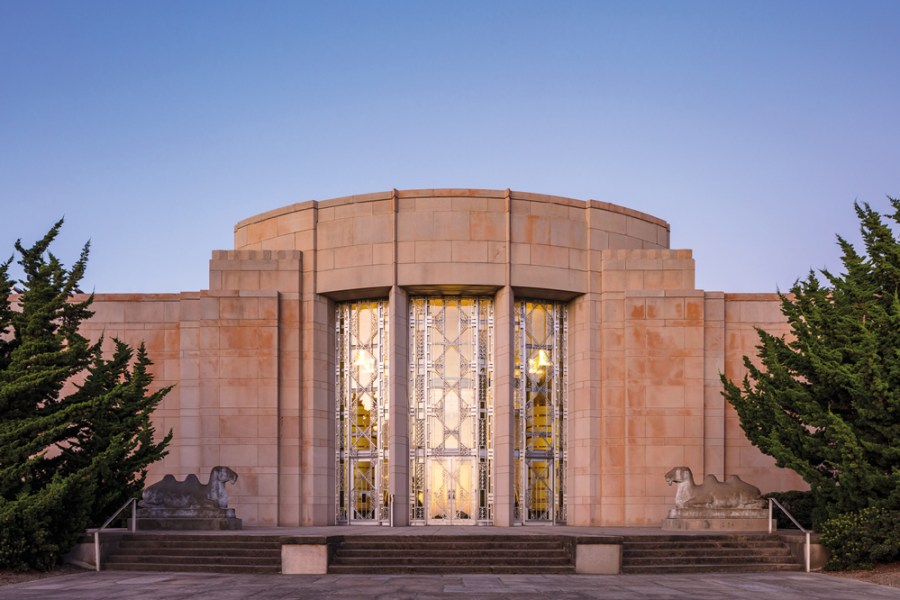
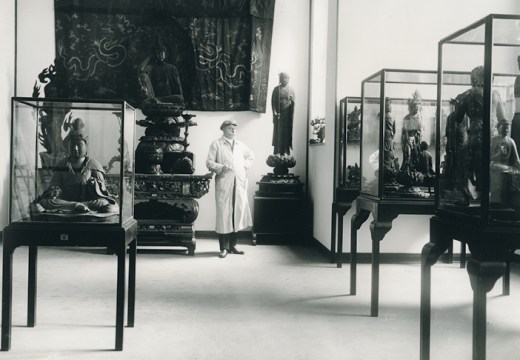
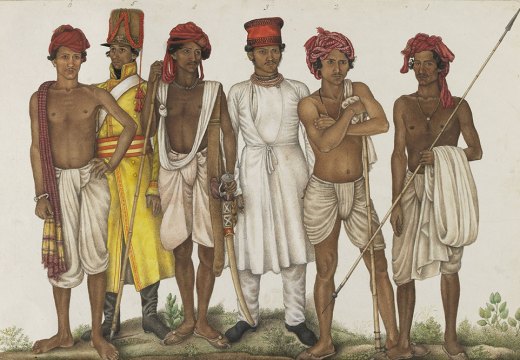









![Masterpiece [Re]discovery 2022. Photo: Ben Fisher Photography, courtesy of Masterpiece London](http://www.apollo-magazine.com/wp-content/uploads/2022/07/MPL2022_4263.jpg)
It’s time for the government of London to return to its rightful home